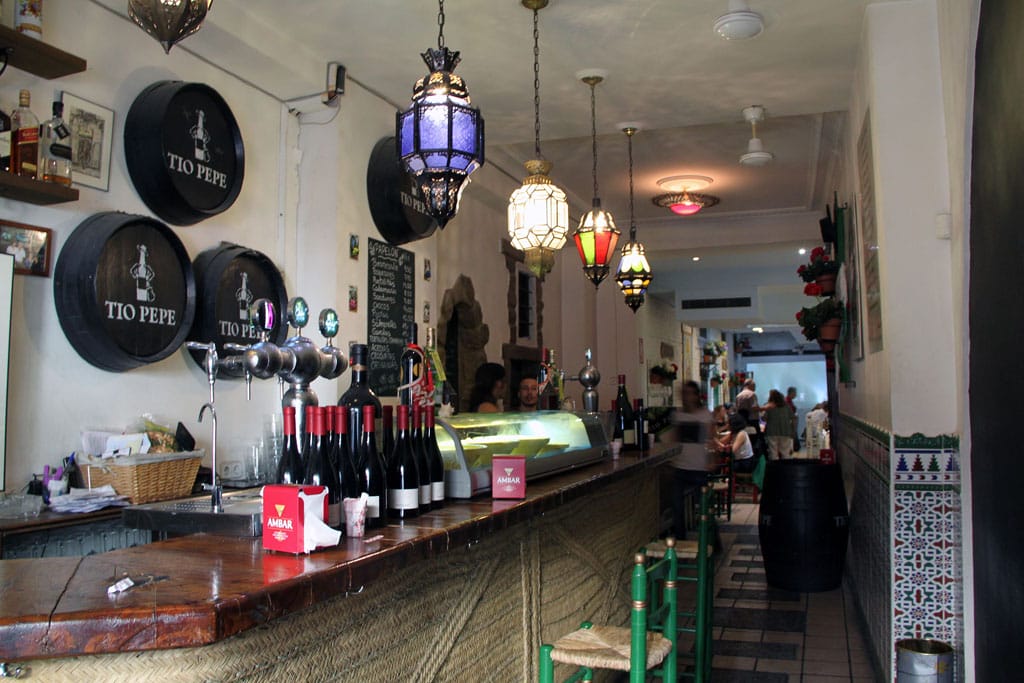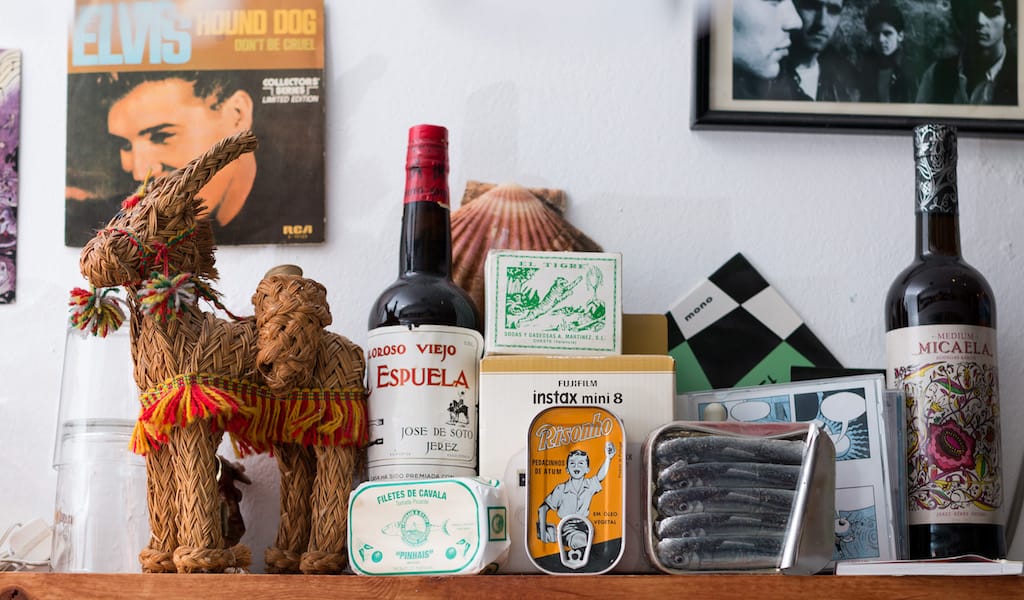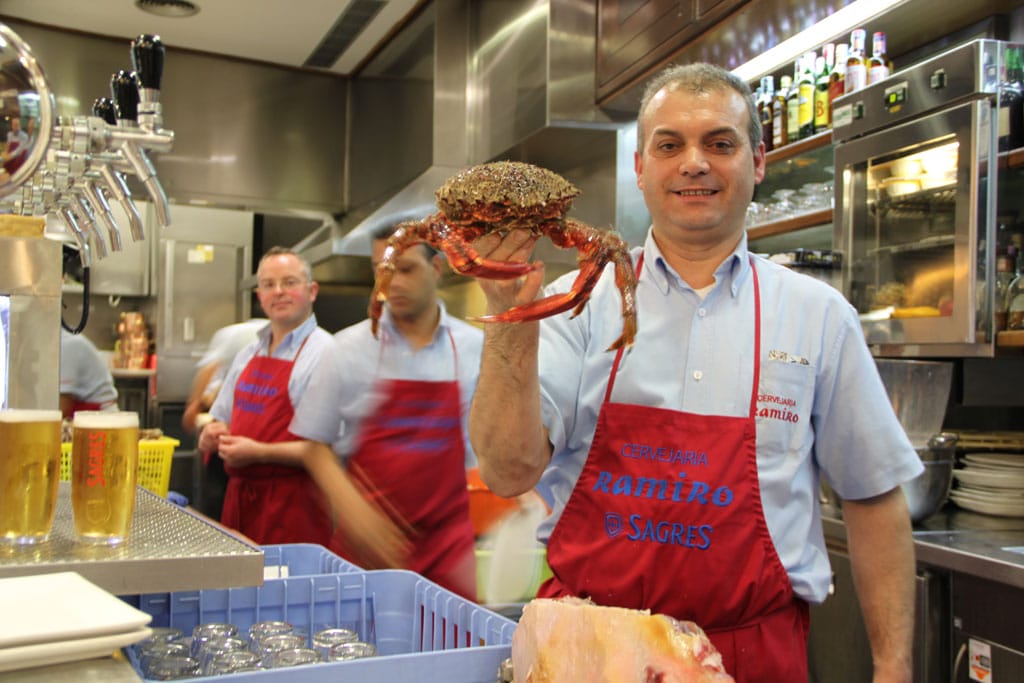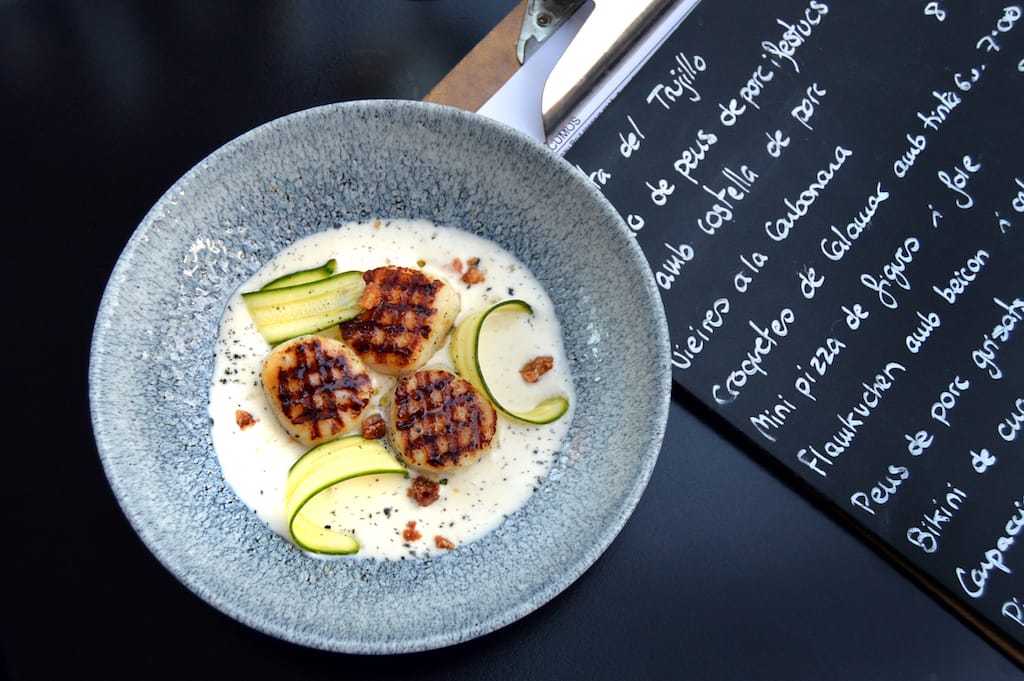Though it has always taken a backseat to Barcelona in foodie terms, Madrid, the sprawling Spanish capital, has upped the ante with its increasingly varied gastronomy and adaptation of new food concepts.
As a centralized city, the cultures of separate Spanish regions – still a political talking point – is reflected here in a gastronomical microcosm: Galician eateries, Basque pintxos, Asturian snacks, etc. This, together with the ir de tapas in different neighborhoods, new avant-garde chefs, traditional taverns and a few imported hipster inventions, creates an interesting mosaic among the city’s already high density of restaurants and bars.
Lavapiés is Madrid’s best-known neighborhood for cultural plurality, and that includes its food offerings.
When people refer to this area’s diversity, a wide gastronomic variety – from Indian and Senegalese to Greek and Moroccan – comes to mind. Yet, numerous regional flavors are also part of its collage. Along the sloping Calle de Santa Isabel, whose name refers to the Lavapiés convent and the carpet factory painted in Velázquez’s “Las Hilanderas,” is a lively tavern offering food from Cádiz, the southernmost city of Andalusia.
Caleta’s interiors reference a reproduction of the folkloristic Plazuela del Tio de La Tiza, a small square in the neighborhood of La Viña – one of the epicenters of Cádiz’s carnival, which is a tribute to the composer Antonio Rodríguez Martínez. Maria Espejo, owner of Caleta, has recreated here a piece of her city with local landmarks painted on the wall, such as typical door frames and iron-work balconies and the “Virgen de las Penas” mosaic. It feels like authentic Andalusia, albeit in one of Madrid’s most cosmopolitan centers.
The menu also remains faithful to Cádiz habits; most of the food is served on papelones (big sheets of paper), which are traditional in seafaring southern Spain (they absorb the oil of the fry-up). Squid, anchovies, red mullet and small prawns are coated in delicious chickpea batter and fried at high temperature in, it goes without saying, good-quality olive oil.
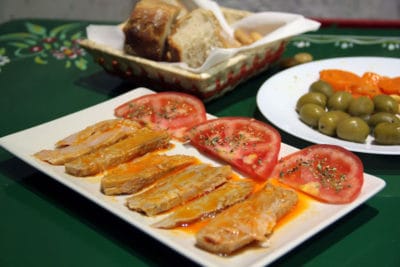 A quarter of the menu is dedicated to tuna from Barbate, a small town situated on the coast of Cádiz known for its fishery’s use of almadraba, a pre-Roman fishing method that involves nets. The restaurant clearly takes advantage of the migration of these huge fish from the Atlantic to the Mediterranean: there’s tuna belly, marinated or with onion, tuna eggs, or mojama, the salt-cured version. But there are also meat dishes, including stews, and salads such as piriñaca, a combination of tomato, onion, green pepper and cucumber, a common dish from the region.
A quarter of the menu is dedicated to tuna from Barbate, a small town situated on the coast of Cádiz known for its fishery’s use of almadraba, a pre-Roman fishing method that involves nets. The restaurant clearly takes advantage of the migration of these huge fish from the Atlantic to the Mediterranean: there’s tuna belly, marinated or with onion, tuna eggs, or mojama, the salt-cured version. But there are also meat dishes, including stews, and salads such as piriñaca, a combination of tomato, onion, green pepper and cucumber, a common dish from the region.
“In Madrid there are many Andalusian eateries, but not many taverns from Cádiz,” says manager Patricia Rodriguez. La Caleta is a special one; the typical food and the recreation of the archetypal patio make the difference. “Little squares and patios in Cádiz are different from those of Andalusia in general, like its people. We are notably cheerful, even if our city has been in crisis for 40 years and the area suffers from high unemployment. We’re used to transforming sorrow into joy.”
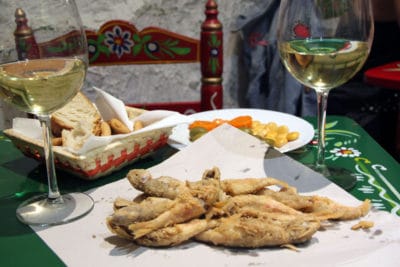 The owner, chef and staff are all from Cádiz – a characteristic of La Caleta’s franchise that Maria Espejo likes, as it keeps the tavern’s identity intact. Besides the location on Calle Santa Isabel, there are two other La Caletas: one in the same neighborhood and another in the Malasaña district, which opened in September. The latter pays homage to La Venta de Vargas, a famous but humble restaurant in Cádiz that references its most famous export of all – flamenco.
The owner, chef and staff are all from Cádiz – a characteristic of La Caleta’s franchise that Maria Espejo likes, as it keeps the tavern’s identity intact. Besides the location on Calle Santa Isabel, there are two other La Caletas: one in the same neighborhood and another in the Malasaña district, which opened in September. The latter pays homage to La Venta de Vargas, a famous but humble restaurant in Cádiz that references its most famous export of all – flamenco.
 April 27, 2019 La Chana
April 27, 2019 La Chana
“I missed the traditional foods I grew up with in Cádiz,” said Natalia García, a young […] Posted in Barcelona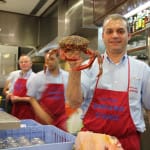 July 8, 2021 Cervejaria Ramiro
July 8, 2021 Cervejaria Ramiro
Cervejaria Ramiro is the undisputed temple of seafood in central Lisbon. The […] Posted in Lisbon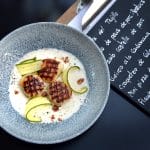 January 17, 2020 TocaTeca: Gastronomic Unicorn
January 17, 2020 TocaTeca: Gastronomic Unicorn
A former village annexed to Barcelona in 1897, the city’s Sant Andreu district was a […] Posted in Barcelona
Published on November 07, 2016
Related stories
April 27, 2019
Barcelona“I missed the traditional foods I grew up with in Cádiz,” said Natalia García, a young woman with dark hair, bright red lipstick and a smattering of tattoos across her upper arm. “I was actually born in Germany, and my mother was a professional cook, so I was always around food,” she tells us. Despite…
July 8, 2021
LisbonCervejaria Ramiro is the undisputed temple of seafood in central Lisbon. The more-than-50-year-old business represents an old-school type of eatery: a beer hall where the seafood is fresh and cheap, with a choice from the daily menu or directly from the large aquariums that look out to the street. Taking up two floors of a…
January 17, 2020
BarcelonaA former village annexed to Barcelona in 1897, the city’s Sant Andreu district was a center of industrial development throughout the 20th century, becoming home to a large population of factory workers. Today, it is a quiet residential area that feels caught between its Catalan village roots and industrial past, with buildings being renovated and…







































